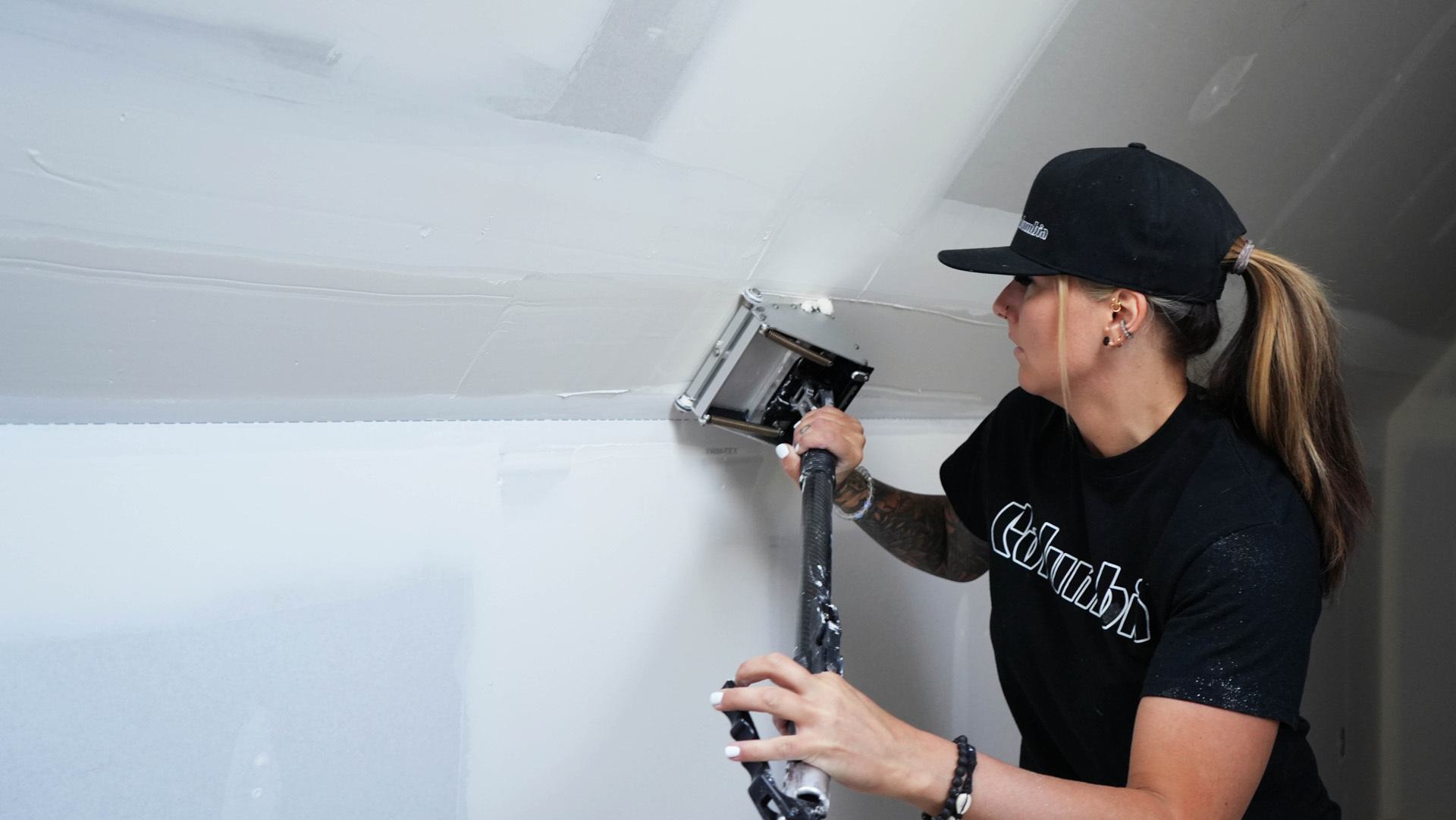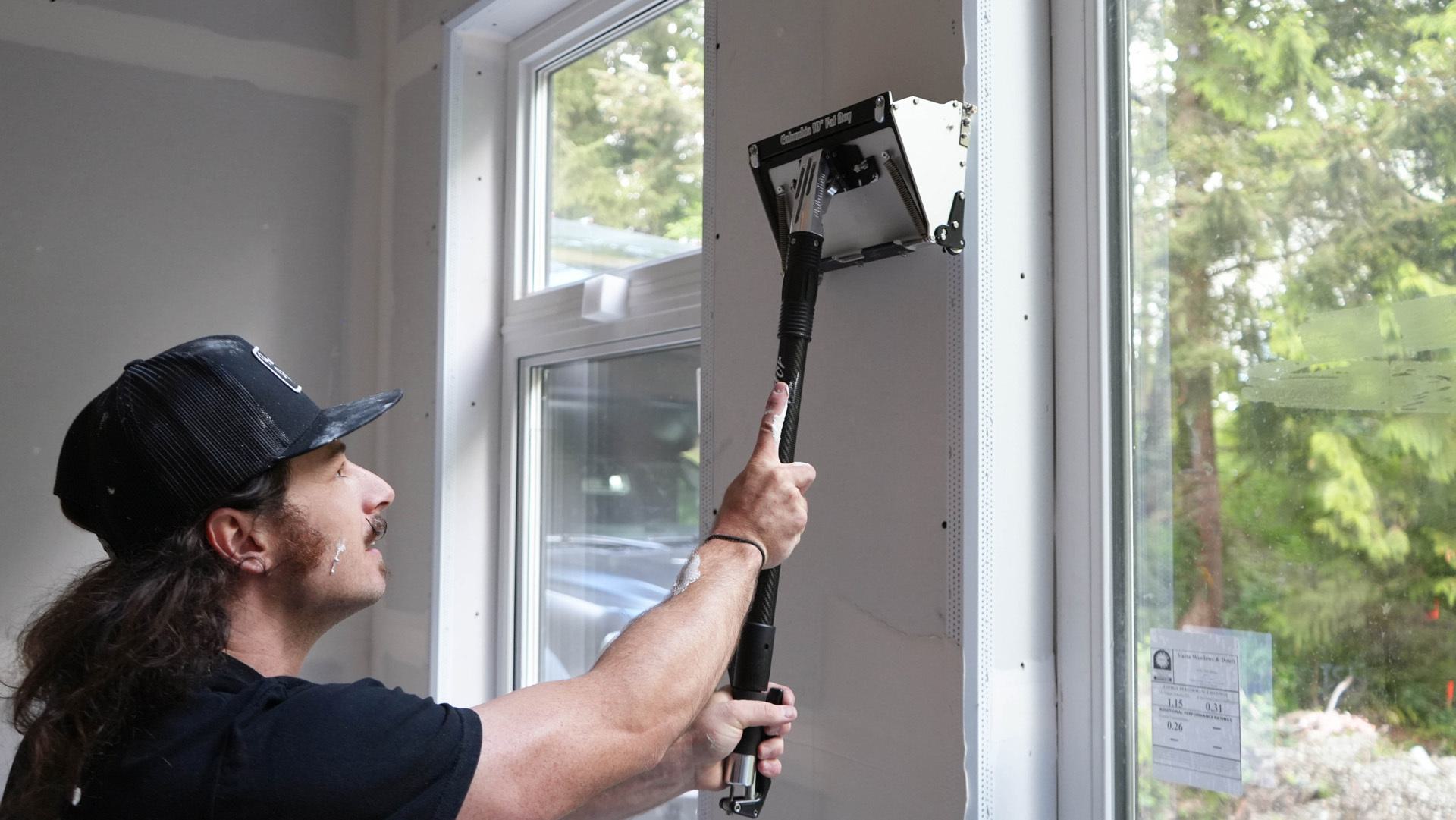Drywall finishing can be a time-consuming and labor-intensive process, but with the help of automatic taping tools, it becomes much more precise. Automatic drywall taping tools, also known as auto tapers or ATF (Automatic Taping and Finishing) tools, are specialized equipment used in drywall finishing to apply joint tape and compound simultaneously.
These tools consist of a tape reel, a compound tank and a dispensing head that applies the tape and compound in one smooth motion. They are designed to save time, reduce physical strain and achieve consistent results compared to traditional hand-taping methods.
For ultimate project success, understanding automatic tapers, their benefits, how they are used in drywall finishing and the steps to use them effectively is essential.
Benefits of Drywall Automatic Tapers
Automatic tapers offer numerous benefits over traditional manual taping methods. These tools significantly increase the speed and consistency of drywall finishing while reducing physical strain on the user, making them a cost-effective choice for larger projects.
By minimizing the time and effort required to achieve professional results, automatic taping tools have become an asset for contractors and DIY enthusiasts alike.
Increased Speed: Automatic taping tools can apply tape and compound much faster than manual methods, significantly reducing the time required to finish a drywall project.
Improved Consistency: These tools ensure a uniform application of tape and compound, resulting in a more consistent and professional finish.
Reduced Physical Strain: Automatic drywall taping tools minimize the physical effort required, reducing fatigue and the risk of injury associated with repetitive hand-taping motions.
Cost-Effective: The increased efficiency and reduced labor costs make drywall automatic tapers a cost-effective choice for larger projects.
How Automatic Taping Tools Are Used in Drywall Finishing
Automatic taping tools are versatile instruments that streamline various stages of drywall finishing. They apply tape and compound to flat joints, inside and outside corners, creating smooth and durable surfaces. By efficiently handling these critical aspects of drywall finishing, automatic taping tools ensure precise, clean and professional results.
Taping Flat Joints: The tool applies tape and compound to the seams between drywall access panels, creating a smooth and flush surface.
Inside Corners: Automatic taping tools can efficiently tape and finish inside corners, ensuring a precise and clean result.
Outside Corners: Some automatic taping tools are designed to apply tape and compound to outside corners, providing a durable and straight finish.


